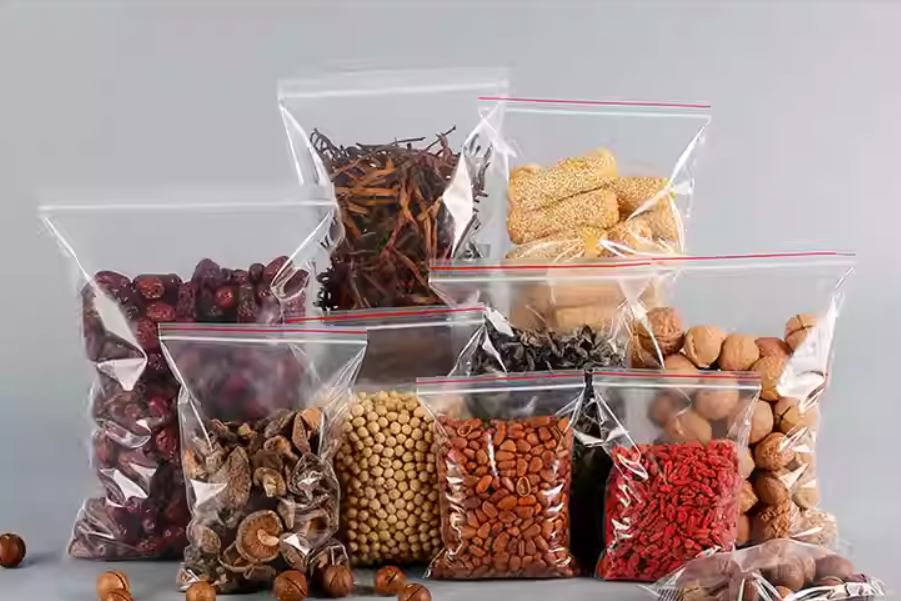3.Starting in 2027, food packaging must be “completely transparent”
8/1/20253 min read


The State Administration for Market Regulation has issued Order No. 100, the “Measures for the Supervision and Administration of Food Labeling” (hereinafter referred to as the “Measures”), which will officially take effect on March 16, 2027. This article provides an overview of the key changes that both businesses and consumers should be aware of!
Further Optimization of Production Date Labeling
•Mandatory labeling information for pre-packaged food must be displayed on the outer packaging of the smallest sales unit.
• The production date and expiration date of pre-packaged food must be clearly labeled in the order of year, month, and day.
• The production date and expiration date of pre-packaged food must be labeled in a dedicated area on the packaging. If the dedicated area is not located on the main display surface, the packaging must include the phrase “See packaging for details” to guide consumers to locate the information.
• The information must be labeled in high-contrast black text on a white background. The font size should be adjusted based on the packaging area: for packaging with a maximum surface area of ≥35 square centimeters, the font size must be ≥3 millimeters; for packaging with a maximum surface area of <35 square centimeters, the font size must be ≥2 millimeters.
Prohibited labeling content further expanded
• It is explicitly prohibited to label content such as “special supply,” “exclusive supply,” or “internal supply” for government agencies or the military, and it is emphasized that ordinary foods other than health foods shall not claim health functions.
• Terms such as “no added” or “no use” and their synonyms shall not be used unless there is explicit legal or standard basis.
• Food labels must not claim suitability for minors without legal, regulatory, or food safety national or industry standards as a basis, as this deceives or misleads consumers.
Reinforce the accuracy of label information
• The name must reflect the true nature of the food. For example, foods made from animal-derived ingredients must have a name that reflects the use of livestock meat or animal-derived aquatic products as the main ingredient. If the name only reflects one type, all raw materials used must come from that type of poultry meat or aquatic product; if the name reflects two or more types, the raw materials used must be listed in the name in descending order of addition quantity.
• Plant-based imitation animal foods must be labeled with prefixes such as “imitation” or ‘vegetarian’; foods flavored solely with flavorings must be labeled with “certain flavor” or “certain taste.”
• Repackaged foods must be labeled with the term “repackaged” and list the original ingredient list.
• Foods produced under contract must list the names, addresses, and contact information of both the contracting party and the contractor to ensure traceability of responsibility.
Further details on special food labeling
• Health foods must prominently display the logo, registration number, and warning statements. Even when the minimum sales unit area is less than 35 square centimeters, key information must still be labeled.
• The name of health foods must be labeled according to the registered or filed product name. Trademark names, generic names, and attribute names included in the product name must not be labeled separately, and the font, color, and size must be consistent.
• Infant formula foods for infants aged 0-6 months are prohibited from making claims about content and functionality; infant formula foods for infants aged 6 months and above are prohibited from making claims about the content and functionality of essential components.
Further regulation of online food transactions
• Online sales of pre-packaged foods must display food label information such as the name, net content, and ingredient list in the main display area of the page. Third-party platforms must strengthen compliance monitoring of labels.
• When digital labels such as QR codes are used on food packaging to display food label content, the content must comply with laws, regulations, and national food safety standards, and must be consistent with the label information displayed on the food packaging.
